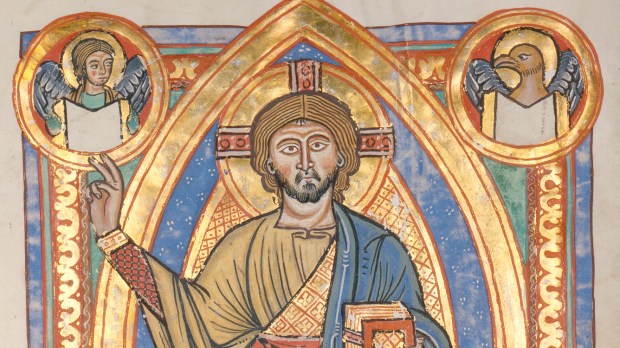We are all probably familiar with the almond-shaped halo that surrounds Christ or the Virgin Mary in paintings or frescoes. Yet, most of us do not know the complex meaning of the mandorla (Italian for “almond”), one of the most ancient motifs of Catholic art.
Known in Latin as vesica piscis, or “bladder of the fish,” the mandorla symbol has deep roots that can be traced back to ancient Greece, where it was used to symbolize union between different elements like masculinity and femininity, and to Buddhist art where variations of it are known as “mandalas.”
Its first known use in Catholic art appears in a 5th-century mosaic depicting New Testament figures inside the Church of Santa Maria Maggiore in Rome, where it was used to symbolize the union between spirit and matter or heaven and earth.
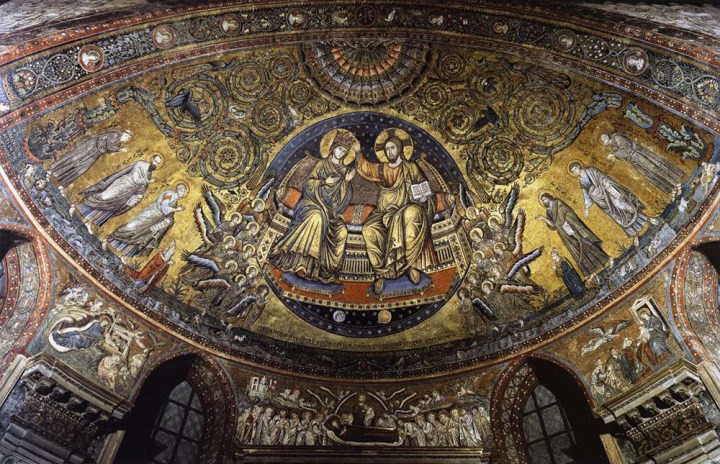
During the 6th century, the mandorla was often placed around Christ in scenes of the Transfiguration, the Ascension or the Last Judgment. When placed around Christ, the symbol often indicated the dual nature of Jesus, both human and divine. One half of the circle stands for Christ’s divine nature while the other one symbolizes humanity. By placing the figure of Christ at the intersection of the two, artists indicate his mystic duality.
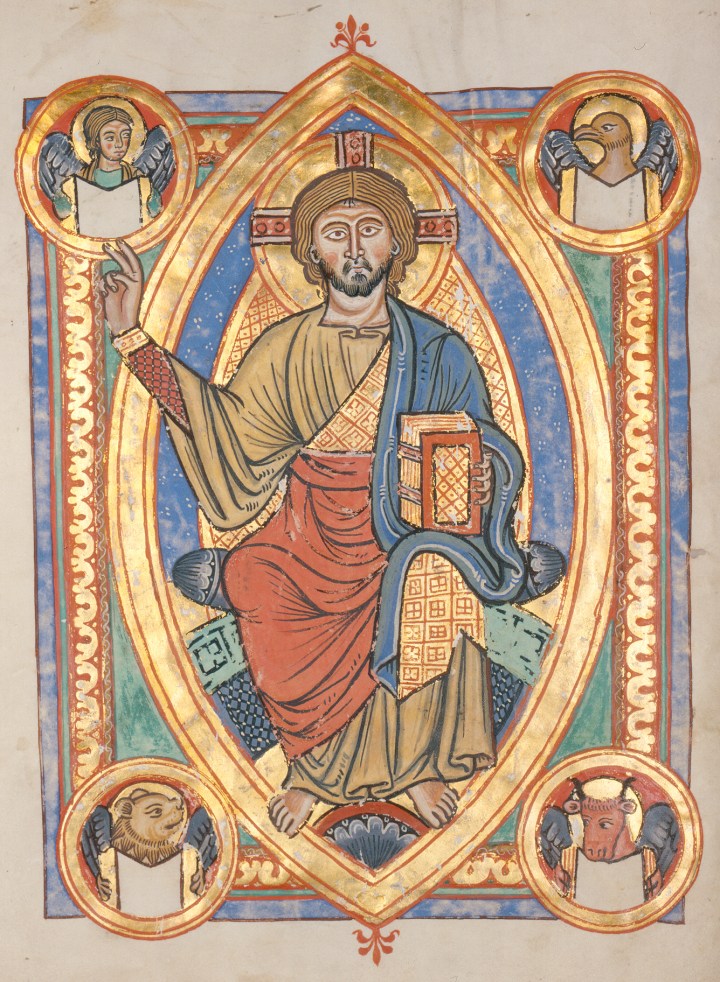
Later in the Middle Ages, we see mandorlas encircling the Virgin Mary, too, in scenes from the Last Judgment or the Assumption into heaven. Over time, it came to stand as a sign of holiness if depicted around a figure in a painting.
Abandoned by painters in the Renaissance, the mandorla is nevertheless present across a plethora of Catholic art forms, from architecture to sacred objects and stained glass. In a blog post dedicated to this topic, author Mike Klug lists an interesting range of different mandorla uses across art forms.
Stained glass
Klug cites the mandorla featuring on top of the “Life of Christ” lancet window at Chartres Cathedral in France as one of the finest examples of mandorla used in stained glass.
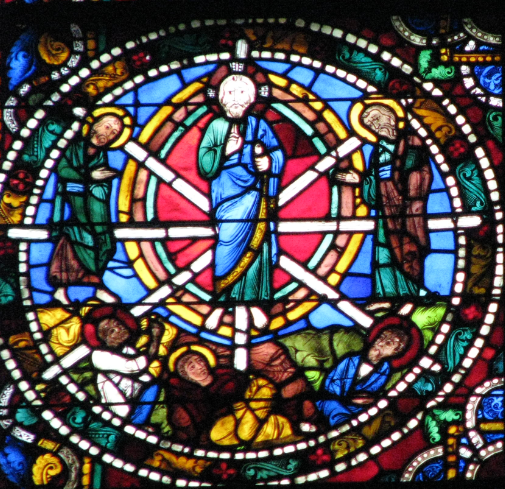
Architecture
Also found in Chartres Cathedral is a mandorla sculpted around the figure of “Christ in Majesty” on the Royal Portal Tympanum of the church. But Europe is not the only place to observe the use of this mystic symbol in art. Klug shows the example of mandorla used to encircle the holy family above the southwest portal of the Episcopal Cathedral of St. John the Divine in New York.
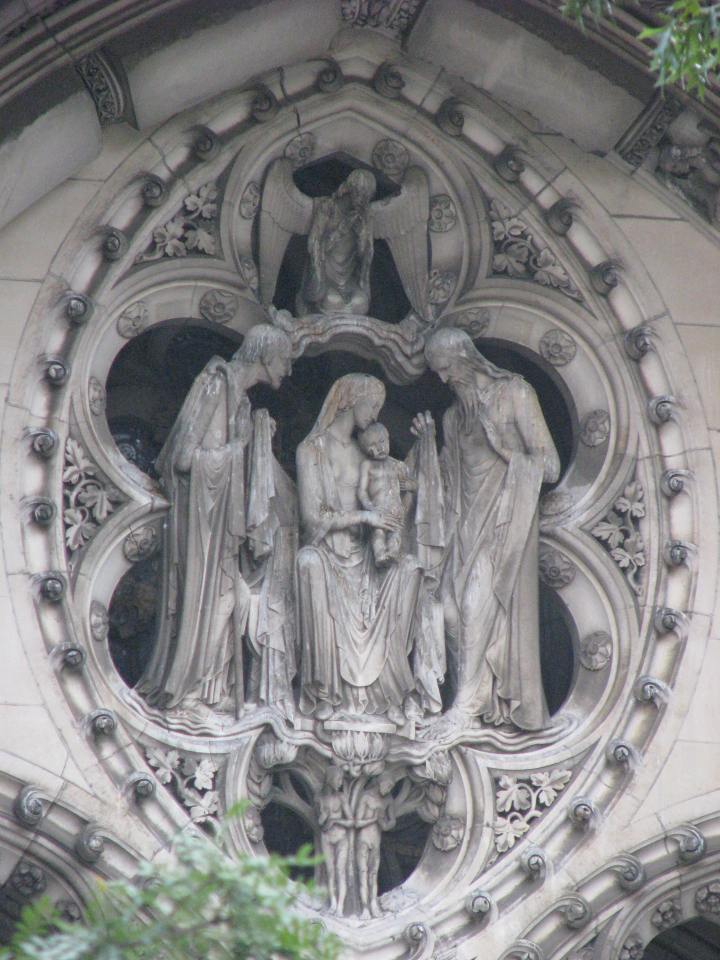
Religious objects
During medieval times it was common to find mandorla symbols in objects like reliquaries, book covers and devotional pieces. Klug looks at a very interesting example, a carved devotional ivory object made in France between 1180 and 1220 and now preserved at Walters Art Museum in Baltimore. The object, named Vierge Ouvrante, shows the Virgin Mary holding Christ child on her lap on the inside and images of the Passion of Christ inside.
As Klug notes, the Virgin Mary’s head contains a miniature of Christ the Teacher embedded in a mandorla, something that suggested that Christ was on her mind always.
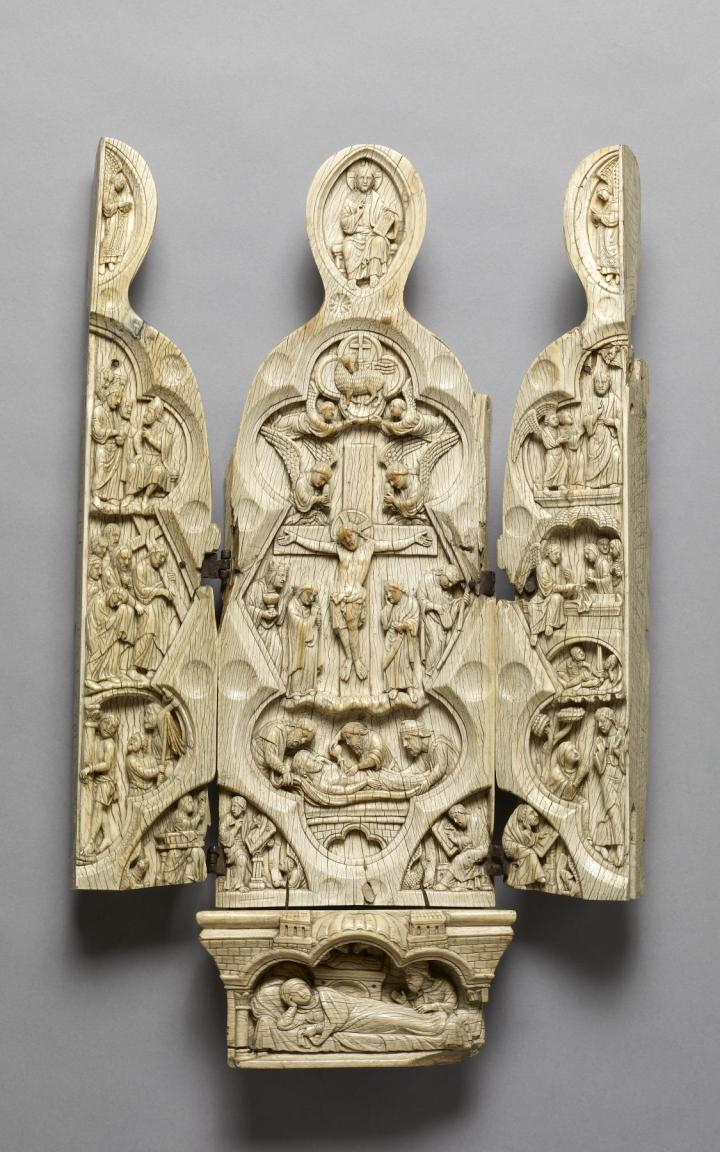
What all of these different examples show, Klug concludes, is the “common thread” that takes us back to centuries ago when humans “first contemplated the mystery of what it means to have a body and soul and to be both human and divine.”
